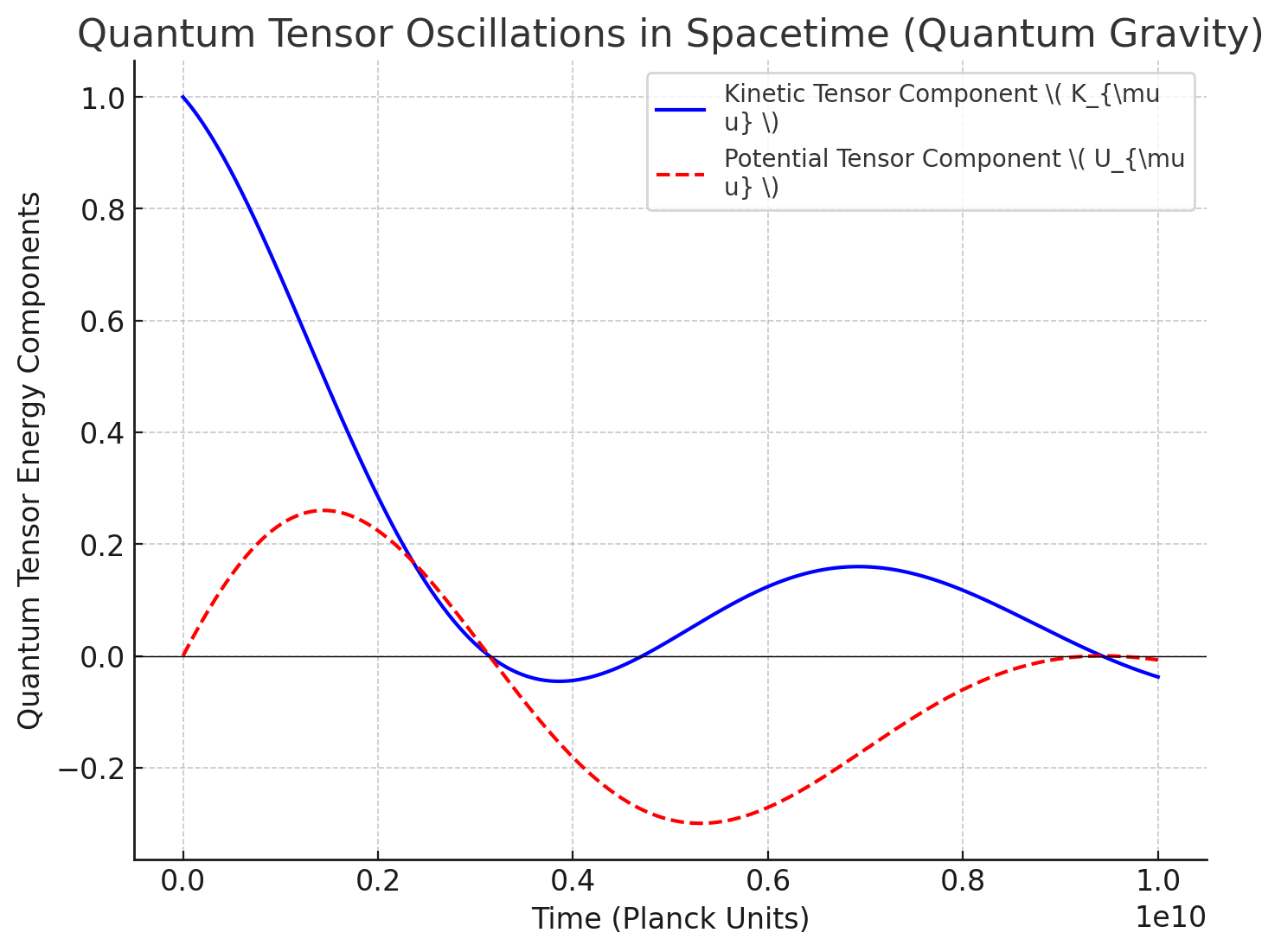Hydrogen Atom 1s
Each subplot represents a distinct 3d orbital shape, determined by its magnetic quantum number ():
-
: The "classic" dz² orbital, resembling a dumbbell with a toroidal ring.
-
: The dxz and dyz orbitals, which have four lobes lying between the coordinate axes.
-
: The dxy and dx²-y² orbitals, oriented along the axes.
Key Insights from 3d Orbitals:
-
All 3d orbitals share the same energy in a hydrogen atom (degenerate energy levels).
-
The different shapes come from the phase and angular momentum components.
-
These orbitals are crucial for understanding:
-
Transition metals (since their valence electrons occupy d orbitals).
-
Magnetism (unpaired d-electrons determine magnetic properties).
-
Catalysis (d-orbital interactions enable important chemical reactions).
-
Quantum Spin Network Representation of a Hydrogen Atom
The visualization represents the structure of a hydrogen atom using a spin network, where:
-
Nodes represent different quantum states (orbitals, energy levels).
Edges represent allowed quantum transitions between states.
Key Observations:
-
Quantum Energy Levels and Orbital Structure
-
The 1s, 2s, and 2p orbitals are represented as nodes, following hydrogen’s quantum structure.
-
Higher energy levels () exhibit larger values of and , correlating with classical quantum numbers.
-
-
Spin Network Encodes Quantum Transitions
-
Edges connect nearby quantum states, representing allowed transitions between energy levels.
-
This structure reflects how electrons jump between states, emitting or absorbing photons.
-
Implications for Quantum Mechanics and Quantum Gravity
-
Emergent Geometry from Quantum Interactions
-
The hydrogen atom’s structure emerges from quantum entanglement patterns in the spin network.
-
Similar to spacetime emergence in quantum gravity models.
-
-
Quantum Information Encoding in Atomic Structure
-
Hydrogen’s quantum spin network structure may resemble black hole microstates.
-
Supports holographic descriptions of quantum matter.
-
-
Generalizing to Multi-Electron Atoms
-
Larger spin networks could represent heavier atoms, with entanglement encoding electron-electron interactions.
-
.png)



Comments
Post a Comment